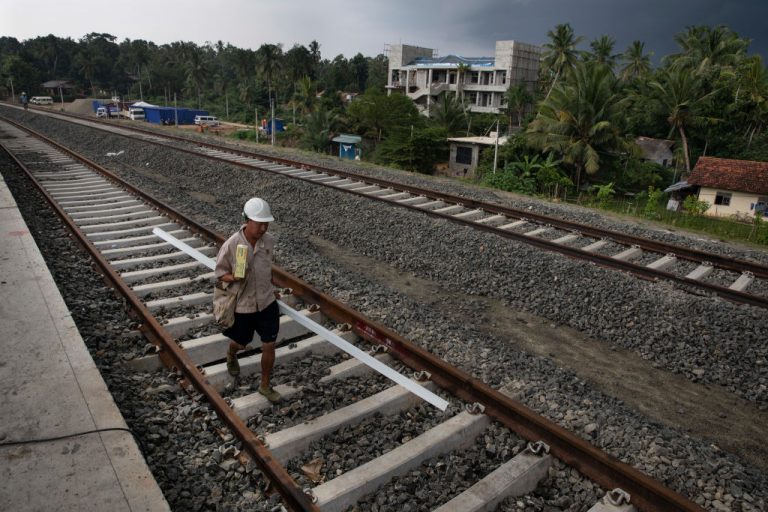According to a report published by the AidData project by the College of William & Mary in Virginia, China’s Belt and Road Initiative (BRI) has largely been beneficial to China rather than its partners.
Pushed forward by Beijing as an initiative to bring development to emerging economies, BRI projects have instead left many nations saddled with immense debt. The report, titled “Banking on the Belt and Road,” was prepared after reviewing more than 13,000 BRI projects worth $843 billion from 165 nations over an 18-year period.
The report notes that China has used debt rather than aid to establish a dominant position in the international development finance market. Ever since BRI was introduced, China has maintained a loan to grants ratio of 31 to 1. China has offered BRI loans at less generous terms than the Organization for Economic Cooperation and Development (OECD).
The average loan from OECD usually charges an interest rate of 1 percent while Chinese loans come with an interest of 4.2 percent. When it comes to repayment, the Western nations typically offer 28 years to repay a loan on average. But with China, the repayment term is less than 10 years.
“In the interest of securing energy and natural resources that it lacks in sufficient quantities at home and maximizing investment returns on surplus dollars and euros, China has rapidly scaled up the provision of foreign currency-denominated loans to resource-rich countries that suffer from high levels of corruption. These loans are collateralized against future commodity export receipts to minimize repayment and fiduciary risk and priced at relatively high interest rates (nearly 6%),” an abstract of the study states.
Success
You are now signed up for our newsletter
Success
Check your email to complete sign up
Before BRI, much of China’s overseas lending was targeted at sovereign borrowers like central government institutions. But post BRI, almost 70 percent of China’s foreign lending is aimed at state-owned banks, joint ventures, state-owned companies, private sector institutions, etc. The report warns that Chinese debt burdens are “substantially larger” than earlier estimates.
The public debt exposure for 42 nations to Chinese loans amounts to over 10 percent of their GDP, with eight of them owing debts that exceed 30 percent of their gross domestic product (GDP).
Most of these debts are not reported to the World Bank’s Debtor Reporting System (DRS). This is because, in many cases, central government institutions are usually not the primary borrowers.
When governments do take debt, the loans do not appear on the country’s balance sheets. The report estimates the average government underreporting of Chinese debt to be equal to 5.8 percent of the its GDP, which would be around $385 billion.
A recent example of such government underreporting is Zambia. After Hakainde Hichilema became President in August this year, he discovered that his predecessor had lied about the scope of Chinese debts. Instead of the $3 billion in debt as claimed by former President Edgar Lungu, Zambia owed China twice that amount.
In an interview with VOA, Brad Parks, executive director of AidData, said that Beijing’s approach to offering funds to the developing world has a “fundamentally different orientation” than say OECD nations. China “is a banker, not a benefactor,” he said.
“China’s state-owned banks are profit-maximizing surrogates of the state. They are hunting for revenue-generating, profitable projects. There may be some ancillary economic development or social welfare benefit for host countries, but that’s not the primary motivation,” Parks stated.














